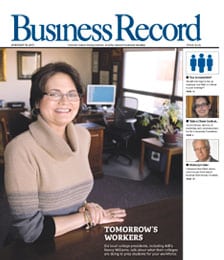CRE prices down as distressed sales volume climbs
Lenders are beginning to sell troubled assets and distressed loans, but working through the mess will likely be a slow process, Reuters reported.
The commercial real estate market plummeted in 2008, following declines in the U.S. housing market.
The percentage of distressed sales in the U.S. commercial real estate market climbed to a record 32 percent of all sales in February, Moody’s Investors Services said this week, as values fell 2.6 percent from the previous month.
In 2008, only 4 percent of all sales were classified as distressed.
“It’s going to be a long, drawn-out process,” said Brian Stolar, chief executive of Pinnacle Cos. LLC, a New Jersey-based developer that focuses on distressed deals, investing for itself and advising others.
In the late 1980s and early 1990s, the government forced financial institutions to sell nonperforming loans and distressed properties, driving many banks out of business and enriching new buyers.
Today, lenders aren’t keen on selling too soon, before the market rebounds.
Meanwhile, owners of distressed properties aren’t as motivated to sell because their lenders have been enabled by U.S. regulators to more easily avoid write-downs and losses by classifying delinquent loans as performing.
“There’s no question that the banks are beginning to sell their nonperforming assets and distressed loans, but it’s not at a meaningful number and not at a velocity that’s going to change anything,” said John Cuticelli Jr., CEO of Racebrook Capital Advisors LLC, a real estate investment and restructuring adviser.








